| 结构式 | 名称/CAS号 | 全部文献 |
|---|---|---|
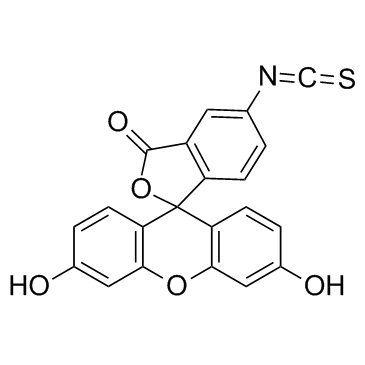 |
异硫氰酸荧光素酯
CAS:3326-32-7 |
|
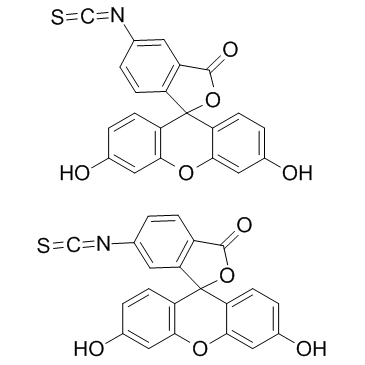 |
异硫氰酸荧光素
CAS:27072-45-3 |
|
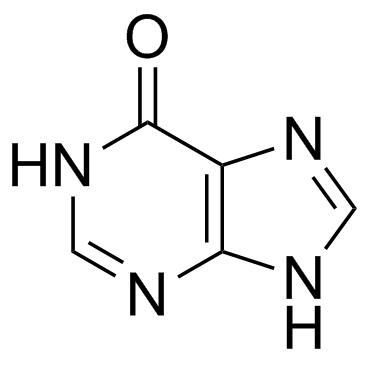 |
次黄嘌呤
CAS:68-94-0 |
|
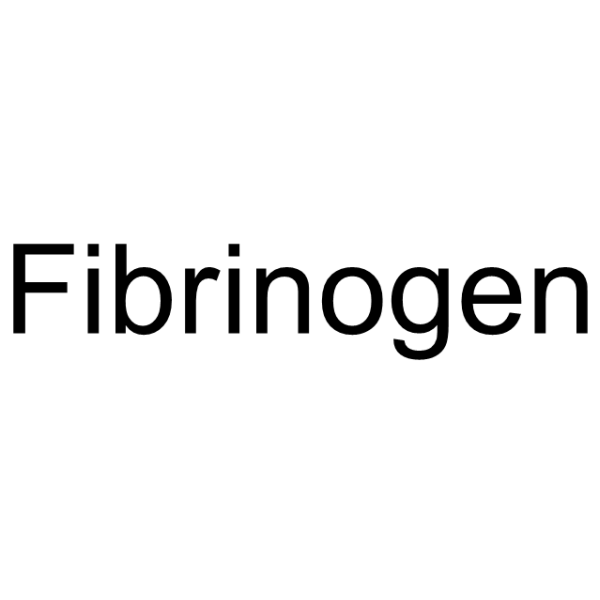 |
纤维蛋白原
CAS:9001-32-5 |
|
 |
雷帕霉素
CAS:53123-88-9 |
|
 |
环孢霉素A
CAS:59865-13-3 |
|
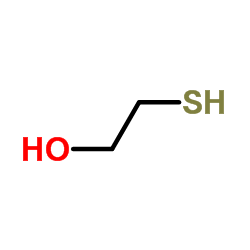 |
巯基乙醇
CAS:60-24-2 |
|
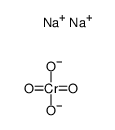 |
铬酸钠
CAS:7775-11-3 |
|
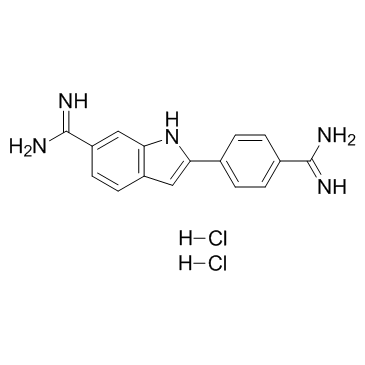 |
4',6-二脒基-2-苯基吲哚二盐酸盐
CAS:28718-90-3 |
|
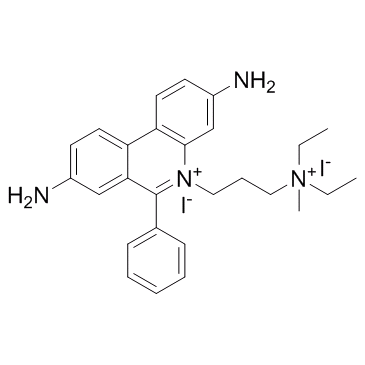 |
碘化丙啶
CAS:25535-16-4 |